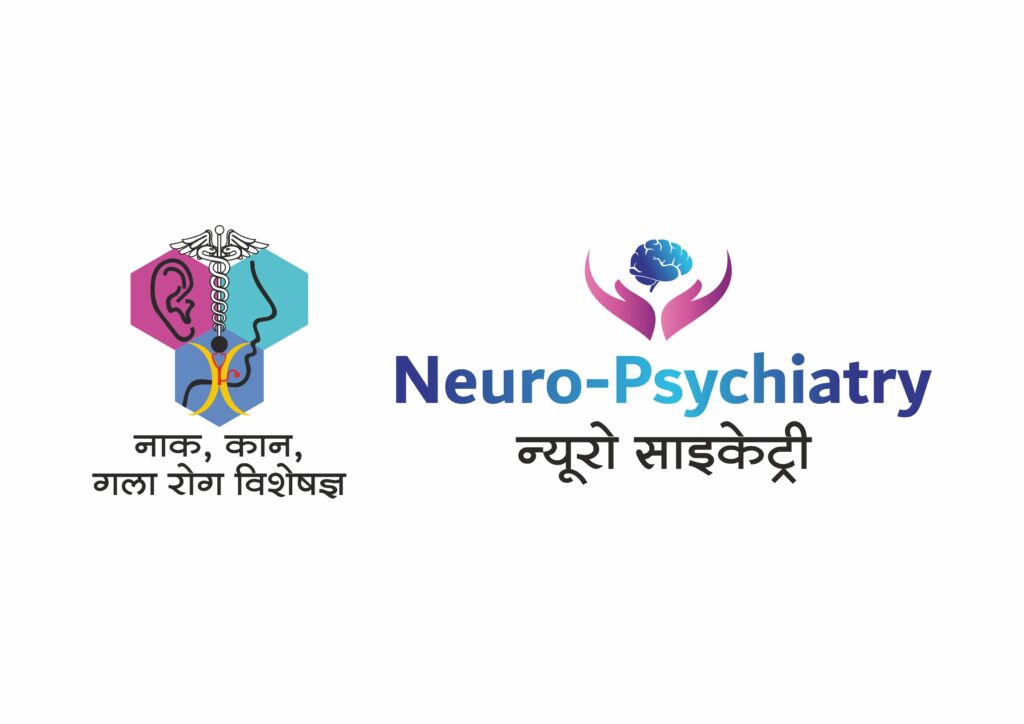Colic pain is a severe, often fluctuating pain that starts and stops suddenly. It’s commonly experienced by infants but can also affect adults. Its prevalence makes it important for everyone—from patients to caregivers—to understand this discomfort for better management. Recognizing colic intestinal distress can significantly improve comfort and quality of life. With the right information and management strategies, dealing with colic pain becomes more manageable.
Demystifying Colic Pain
Colic refers to pain in the abdominal area caused by the muscles around a hollow organ attempting to move its contents. Think of it as painful muscle cramps inside your intestines. There are different types, like biliary (related to the gallbladder), renal (related to the kidneys), and intestinal. Each takes its own painful toll, affecting everyday life significantly.
Unraveling the Causes of Pain Colic
Biliary colic arises due to gallstones, which block the gallbladder’s bile duct, causing intense pain. – Gallstones: Caused by the hardening of digestive fluids. – Bile duct obstructions: Result when congealed substances block flows causing stinging sensations.
Renal colic is mainly due to kidney stones formed when urine components crystallize and block the urinary tract. – Kidney stones: Hard mineral deposits that form in your kidneys. – Urinary tract issues: Disorders that block normal flow causing stabbing pains.
Intestinal colic involves bowel blockages or digestive hurdles, leading to severe cramps. – Bowel obstructions: Blockages prevent normal flow and cause cramps. – Digestive issues: Poor motility or stasis causes stomach ache.
Recognizing Symptoms of Colic Pain
Common symptoms across colic types include sharp, cramp-like pains that might make you bend or stay still. – Biliary colic: Stabbing pain in the right upper abdomen often linked with eating fatty foods. – Renal colic: Flank pain that radiates to the groin; nausea often accompanies it. – Intestinal colic: Violent cramps, often paired with bloating and gas. Spot these sharp sensations as squeezing or handling of the muscles, which you might recognize as gut-wrenching moments.
Steps to Diagnosing Colic Intestinal and Other Types
Doctors begin by getting a detailed medical history followed by a physical check-up to ensure proper diagnosis. – Key imaging tests like Ultrasound and CT scans, spot obstructed pathways or gallstones effectively. – Potential laboratory exams examine enzyme levels or signs of infection, providing additional insight into pain colic.
Exploring Treatment Options for Colic Pain
Managing colic pain starts with essential pain-relief medications like ibuprofen or paracetamol. – Pain management: Medications calm the cramps temporarily. – Surgical interventions: Procedures like gallbladder removal or stone surgeries offer more permanent solutions. – Lifestyle adjustments: Diet plays a big role – less fatty foods and more water intake help. Regular exercises, even light ones, aid digestion, balancing colicky discomfort.
DIY Home Remedies and Self-Care for Abdominal Colic Meaning
Heat applied to the affected area, like a warm compress, can reduce muscle stiffness. – Hydration: Drinking plenty of fluids clears obstructions easier. – Gentle exercises: Techniques like soft stretches improve body flow and reduce pain. – Relaxation strategies: Yoga, meditation, and deep breathing promote muscle ease and tension release.
Knowing When to Seek Medical Attention for Colic
Certain signs indicate when professional care is essential. – Important warning signs: Sudden, sharp pain or pain that persists. – Distinguishing emergencies: If normal remedies fail, or pain increases, consult a doctor immediately.
How to Prevent Colic Pain: Practical Strategies
Prevention pivots not only on diet but also lifestyle habits. – Essential dietary tips: Avoid high-fat foods for bile reduction. – Active lifestyle: Incorporate regular, mild exercises. – Managing stress: Mental strain aggravates symptoms – practice calming methods.
Navigating Life with Chronic Colic Intestinal Pain
Effective strategies combined with support help tackle persistent colic pain conditions. – Coping mechanisms: Positive thinking alongside mind-body exercises. – Resources and community support: Join groups focusing on chronic pain management offering shared insights and encouragement.
Cultural Insight: Traditional Indian Remedies for Colic Pain
In India, colic is traditionally seen as a symptom connected to diet imbalances and dietary cures follow. – Cultural beliefs: Ayurveda employs herbal solutions like ginger or fennel to tame symptoms. – Comparing practices: Traditional methods often align with dietary and herbal treatments emphasizing gentler approaches over surgical ones.


